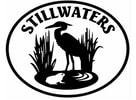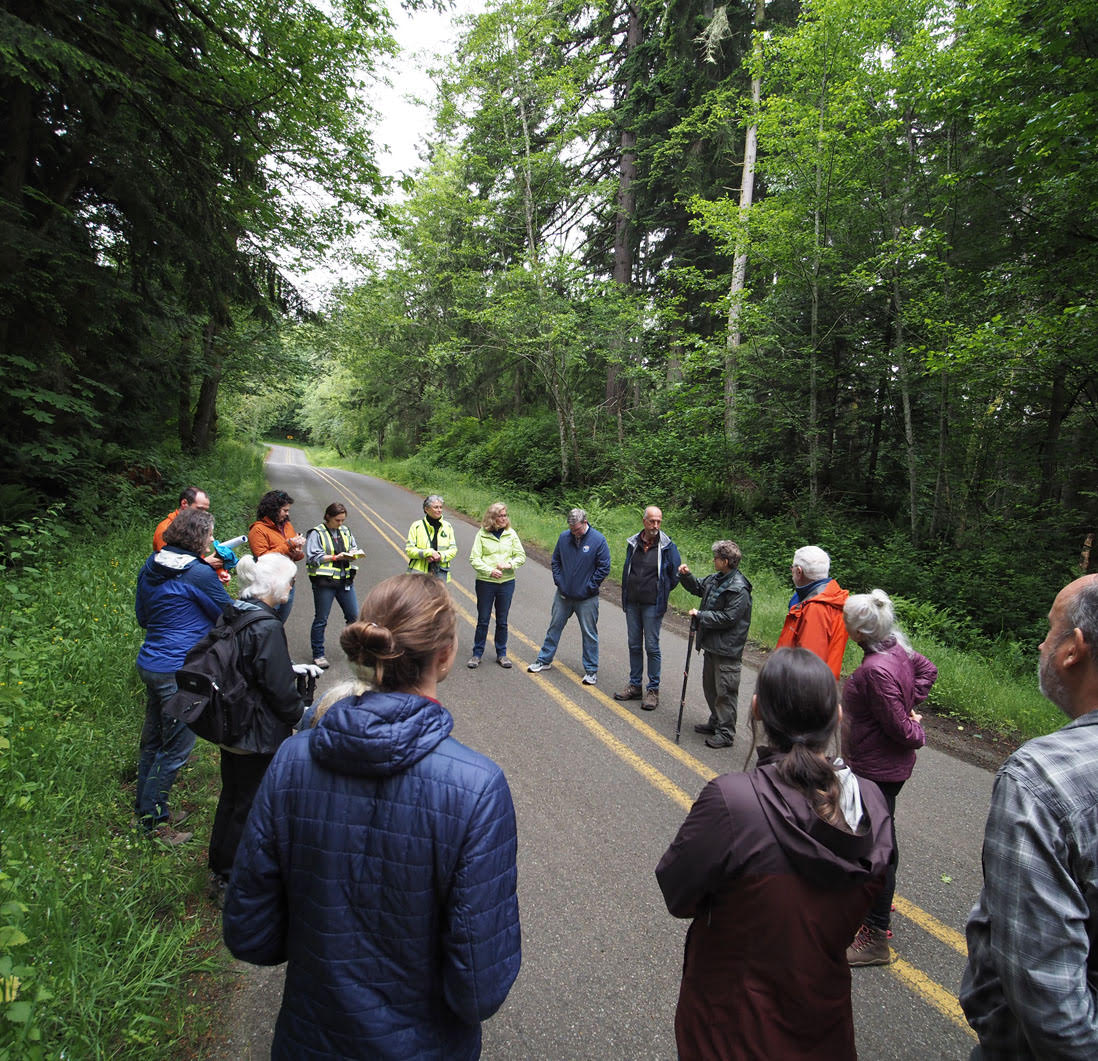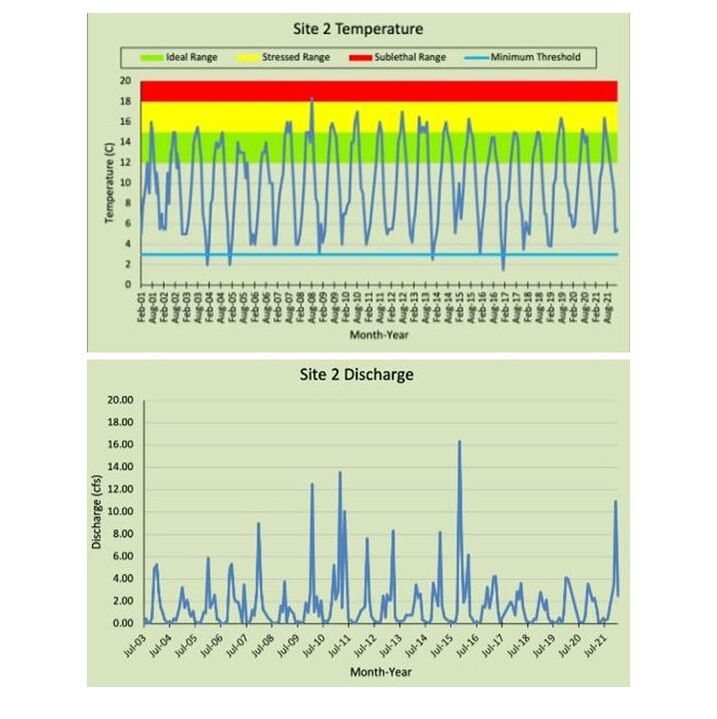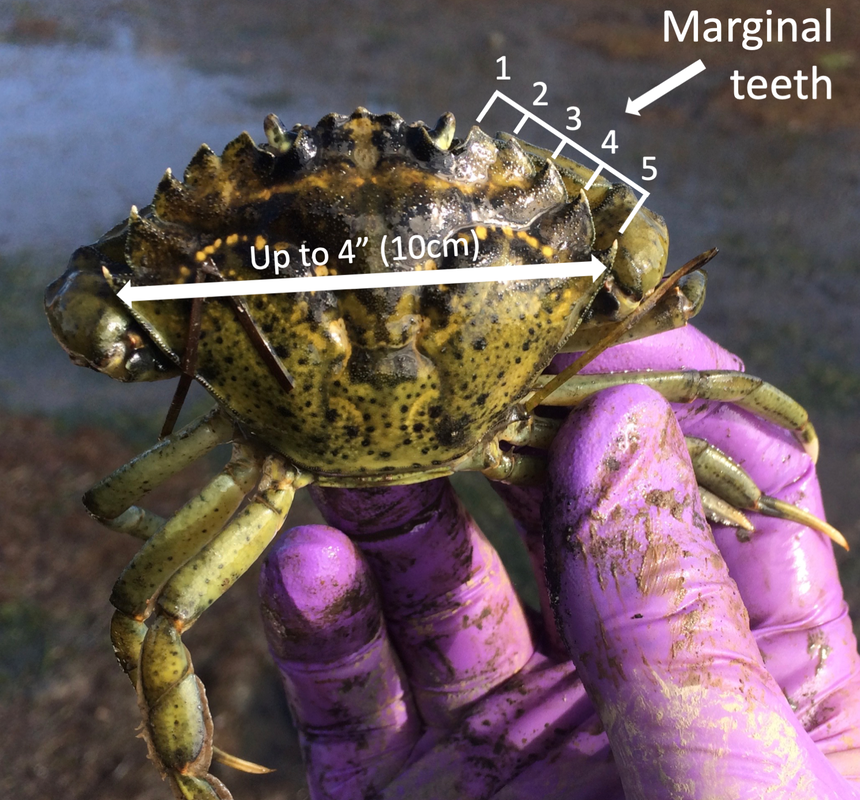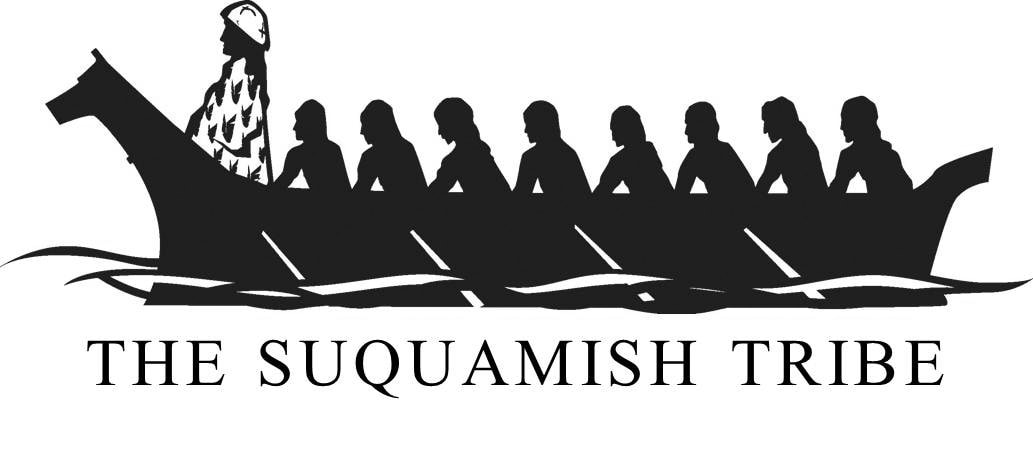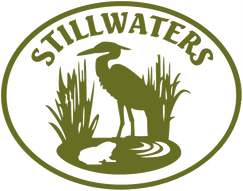|
This legacy page holds a record of Stillwaters Environmental Center's work before joining Great Peninsula Conservancy. Read a letter about this integration from Stillwaters founder Naomi Maasberg here. In Spring and Summer 2024 there will be a series of events to celebrate the future of Stillwaters. For more information and to stay up to date with future events, visit the GPC website or sign up for our eNews!
|
News
|
New Optimism about Eglon Forest Protection in 2023
Read more... |
UW Intern compares Temperature and Flow Data from Kitsap Salmon Streams
Read more... (Jeremy Leung's finished intern project was uploaded page Feb 10, 2023; find it on our Stream Monitoring page) |
Invasive European Green Crab Monitoring Continues
Read more... |
Stillwaters is making plans to integrate into Great Peninsula Conservancy
Read more... |
Our VisionHealthy Puget Sound lowland streams and estuaries.
|
Our MissionStillwaters advances scientific research, education, and restoration on Puget Sound lowland streams and estuaries.
|
